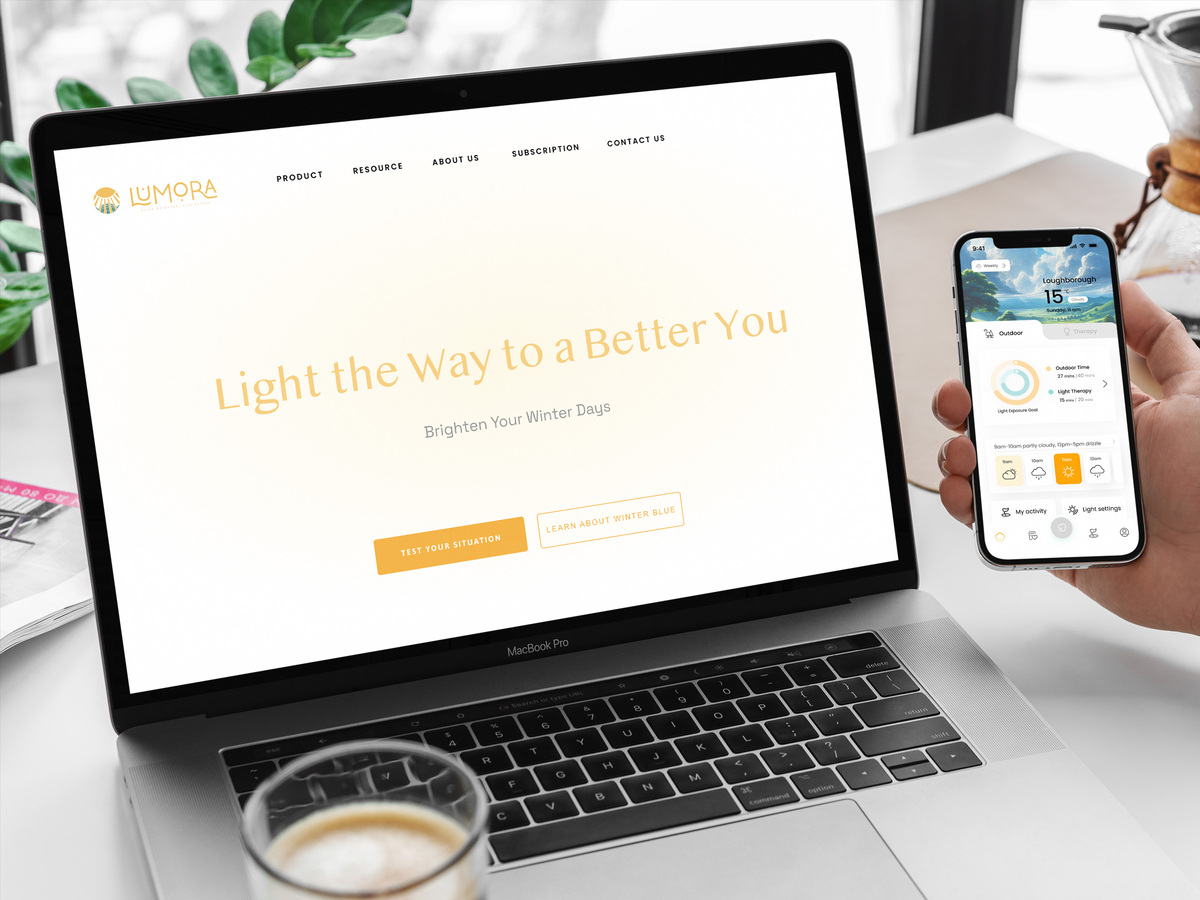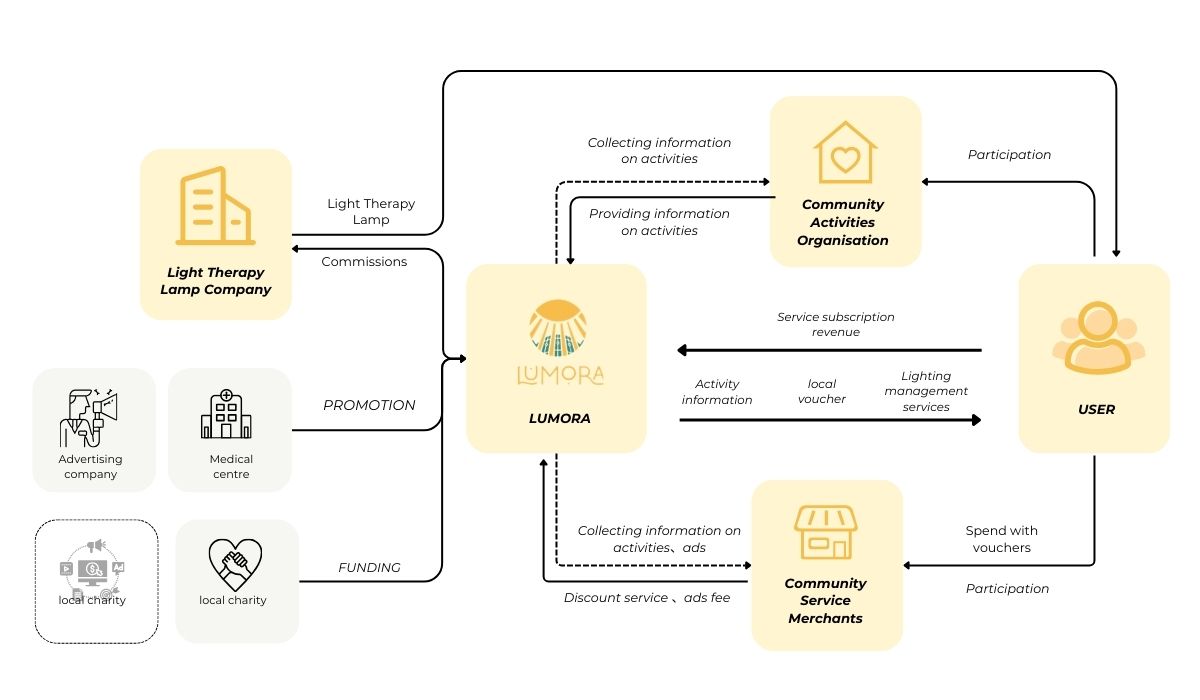
Minyi Zheng
An empathetic designer with a passion for health and sustainable design, I specialize in systems thinking to address overlooked user needs, creating innovative solutions that improve the quality of life for users and deliver meaningful, impactful experiences.












